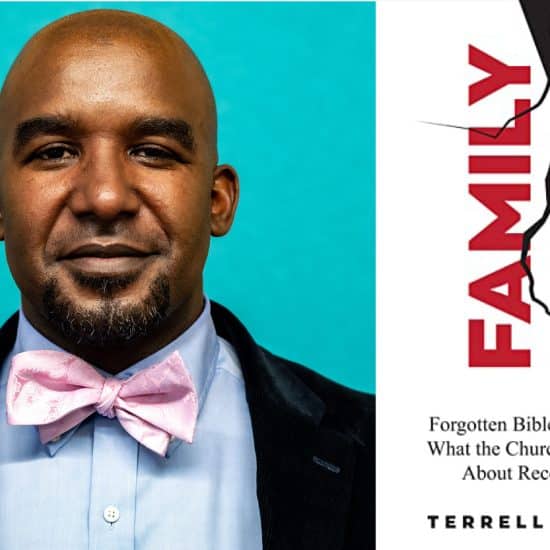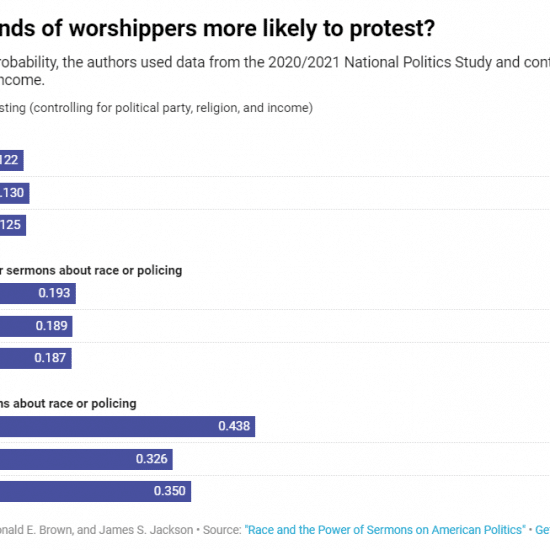RICHMOND, Va. (ABP) — According to Chris Backert, emerging church strategist with the Virginia Baptist Mission Board, no greater need exists in the Body of Christ today than effective church planting.
“Over the last decade a wide variety of church commentators, Christian authors, and denominational leaders have begun to publicize their findings regarding the decline of the Western church,” he cautioned.
As if to validate his assertion, the National Council of Churches recently released its annual statistical report, which indicated a continuing decline in membership of virtually all mainline denominations. And the Southern Baptist Convention, the nation's second-largest denomination and long a reliable generator of church growth, reported a decline in membership for the second year in a row, down 0.24 percent to 16,266,920.
Although the influence of a postmodern, post-Christian culture is being blamed for much of this decline, the report points out that the Assemblies of God, Mormons, Jehovah’s Witnesses and Catholics all showed gains in membership.
Backert believes the typical traditional church has been made largely irrelevant by the changing patterns of American culture. “Increasing secularization, the rate of change accelerated by the introduction of new technology, sustained globalization, and the proliferation of a variety of religious faiths and pluralistic philosophies” have combined to cause many communities of Christian faith to disengage from their culture, he said. In response, Backert asserted, “Planting new congregations will be the most successful way of inviting unreached people into the life of the gospel.”
He is not alone in believing that planting new churches is the best way to reach new people.
“According to the [SBC] North American Mission Board there are currently 11 churches available for every 10,000 people in the United States. In 1900 there were 28 churches for every 10,000,” Backert said. “Church consultants [Bill] Easum and [Tom] Bandy share that a denomination must plant a number equaling 3 percent of its established congregations if they have any desire to grow.”
Aubrey Malphurs maintains, in Planting Growing Churches for the Twenty-First Century, that church plants reach at least twice the number of people as established congregations and that smaller congregations (church plants are typically smaller) have a better ratio of members to persons reached than larger congregations.
But, Backert’s primary authority is the model of the early church. “The book of Acts is a story of church planting starting in Jerusalem (Acts 1-7), moving to Judea and Samaria (Acts 8-12), and then spreading throughout the Gentile world,” he said. “These churches were also started through a variety of means including mass evangelism (Acts 8:5-6), village evangelism (Acts 8:25), household or oikos evangelism (Acts 16: 15, 33), church multiplication from critical urban areas (Acts 13, Acts 19), churches started by lay leaders (Acts 11: 19) and those started by formal apostles (Acts 13-15).”
Baptists are taking seriously the call to start new churches as a means of reaching new people. The Baptist General Association of Virginia, for instance, started 36 churches last year. Of these 36 starts, the overwhelming majority have been in the traditional-church model. Only about five have been what he terms the “emerging” model. But this number is growing, he claims.
\All Souls Church in Charlottesville, Va., is one of the emerging churches. A visit to their website is enough to convince even a casual visitor that All Souls is not your typical church. For starters, it has three pastors.
The pastoral team at All Souls includes Winn Collier and his wife, Miska, who is a counselor by training and serves as spiritual director along with Evan Hansen. Winn Collier understands the difficulties declining churches experience.
“I have helped a church close its doors and give away its assets to seed new life in new church expressions,” he said. “And now I am helping a new congregation form, one that is the recipient of the heritage and generosity of mother churches. Both have value. Both are noble.”
Collier and Hansen believe some of the same principles that work for new emerging church starts will also work for existing — even declining — churches, if the congregations are willing to truly listen to their community needs.
“I believe that the same principles apply because, essentially, I don't believe there are any magic potions or manufactured templates for a church to follow,” Collier said. “Whether old or new, I believe that fresh life happens when God's people become witnesses to God's activity in their world — where they begin to live within their context with eyes to see their own story and their neighbor's story as a narrative where God is speaking and acting.”
What would they do if God called them to serve a church in decline and he wouldn’t let them resign? Hansen quoted church consultant Paul Borden.
“The first step he takes churches through is the step of repentance,” he said. “A failing church is failing because they have sinned, he says. That's a bold statement, but one I think is true. A local church which has grown out of touch with its surroundings began somewhere along the line to value their own tradition and community more than those who do not yet know Jesus. That's not just apathy. It's abandoning the mission. I would take them though an act of repentance. In a richly theological sense, this leaves room for an entirely new start! …We can each walk in newness of life after repentance, and so can our communities. That's where I would start, but like Jesus, the call for repentance comes from love, not condemnation. Jesus loves his church, and desires for each local expression to live vibrant, abundant lives doing the work of the Kingdom of God.”
Collier would do what they are attempting at All Souls.
“If I were part of a declining congregation, I would follow in the way of Jesus, practicing incarnation and prayerful obedience (hopefully, what we are doing at All Souls). I would be with the people. I would get to know the neighborhoods, the stories, the nooks and crannies. I would ask questions. I would be curious and be present. I would take long walks and have open eyes to see where redemption may be breaking through. I would pray with the people, in a living way,” he said.
Collier said they would talk about having a prayerfully look for God's activity, for those unexpected places where the Kingdom of God is taking root. “We would take risks. We would not live for preservation, but for the dangerous. I would help people see that protecting turf is a waste of a way to live. I would pray for opportunities to step into something that would ruin us if God didn't go before us.”
Backert is less theoretical. “If I went to an inherited and declining congregation, I would immediately get their permission to start another congregation or a mid-size community [second site] related to the congregation. I would also try to find every other young person in the church and try to bring them into some form of church leadership (if possible). I would expect that would be challenged, but I would try.”
-30-
Jim White is editor of the Virginia Baptist Religious Herald.






